The packaging of tea is indispensable in tea storage, quality preservation, transportation and sales. Unreasonable or imperfect packaging tends to accelerate the loss of tea color and fragrance; good packaging can not only reduce the loss of quality of tea from production to sales, but also have a good advertising effect, and it is also a realization An important means of tea commodity value and use value.
The materials of tea packaging are:
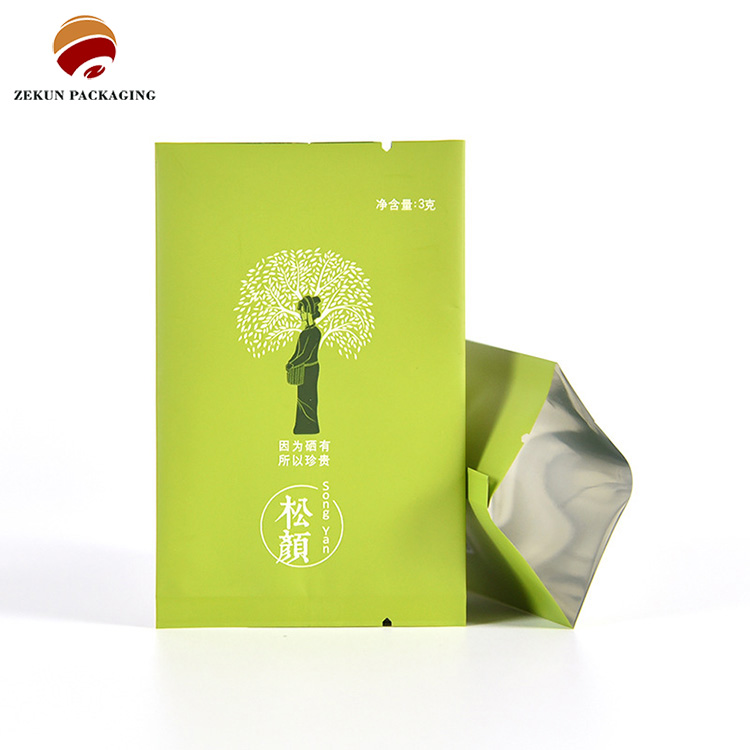
1. PE bag (plastic bag)
Polyethylene bags, or PE bags, are currently widely used packaging materials. Generally, there are two types of low-density PE bags and high-density PE bags. Low-density PE bags have greater moisture permeability and air permeability, and high-density PE bags are smaller.
The advantages of PE bags are economy, cheapness, and good moisture resistance. The disadvantages are that they have poor light transmission and gas resistance and cannot be individually used for tea packaging. It is best to use polyethylene bags to add a layer of external packaging that can block light and have low air permeability, such as synthetic paper cans, iron cans, etc.: PE bags have greater air permeability and it is difficult to solve the oxygen problem in the packaging bag, which is not ideal The packaging material.
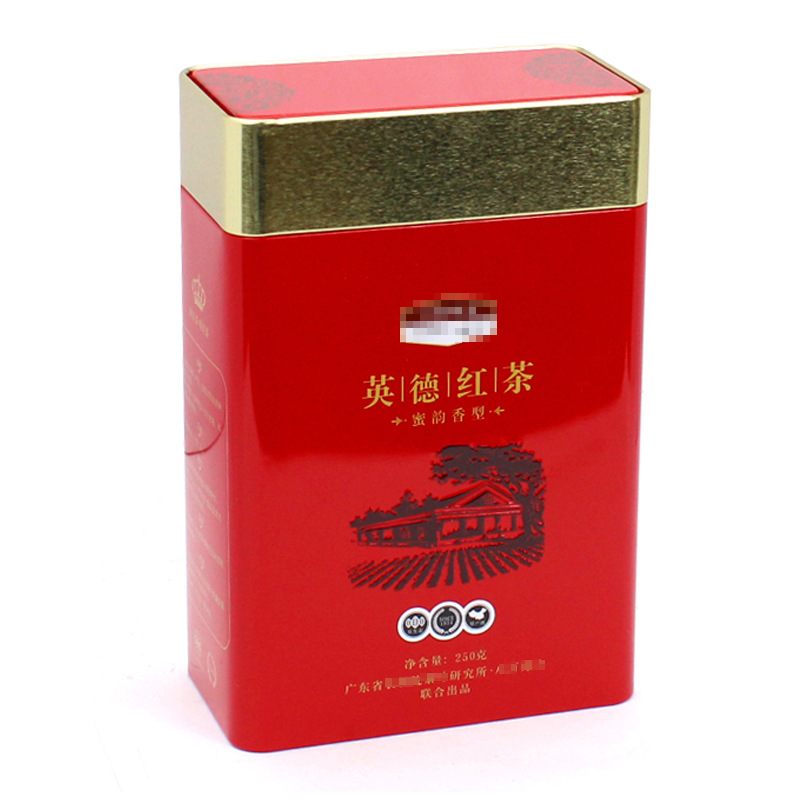
2. Metal tin cans
The advantages of metal tin cans are extrusion resistance and good texture. In the early days, they were mainly used for the outer packaging of tea with PE bags. However, due to their high price and easy corrosion and deformation, they have been gradually eliminated. The paint smell inside the metal tin and the tightness of the lid is not enough, so it is not suitable to be used alone.
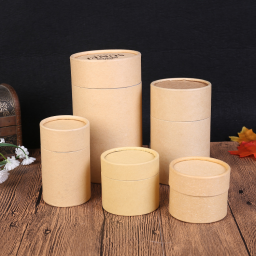
3. Synthetic paper cans
Synthetic paper cans are currently the most widely used packaging materials. It has the advantages of economy, lightness, and beauty. Only air and moisture permeability are still high, and it is not suitable to be used alone. It is best to use PE bags or aluminum foil laminated bags for inner packaging.
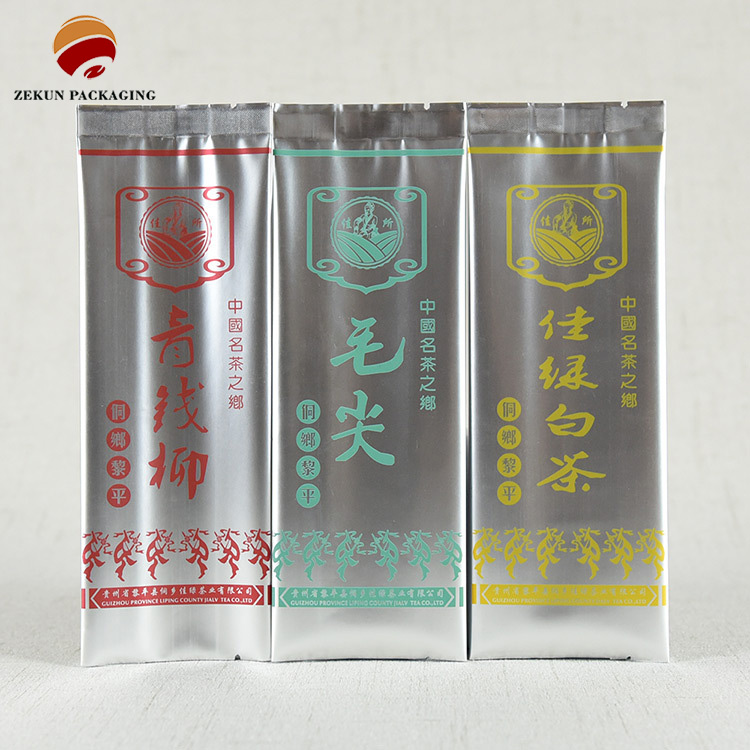
4. Aluminum foil laminated bag
The aluminum foil laminated bag is beautiful and elegant, and its advantages are that it is opaque, moisture-proof and oxygen-resistant, but the price is more expensive than the PE bag, and it will also cause extrusion problems when used alone. The aluminum foil laminated bag can be treated with vacuum or nitrogen or deoxidizer. With packaging cartons or synthetic paper cans, the storage of tea leaves can be completely protected from moisture, gas, light, and oxygen. Storage at low temperatures is the best solution for tea. Perfect preservation method.
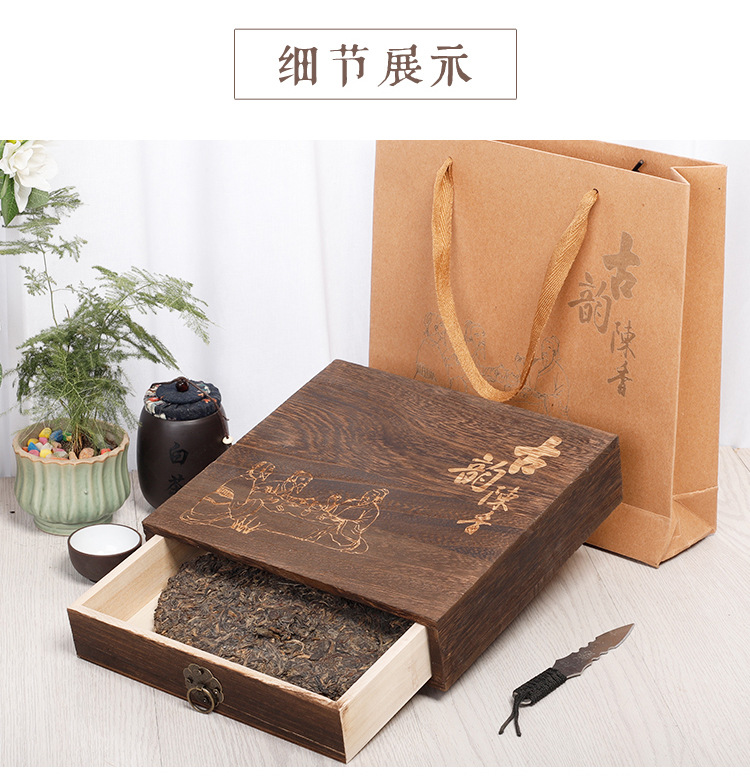
5. Glass jars, magnetic jars, wooden boxes, paper boxes
Although glass jars have excellent gas and moisture resistance, they are transparent, fragile, heavy and expensive. Magnetic pots or earthenware pots can be protected from light but are similar to glass pots. They are fragile and heavy. Improper handling of wooden boxes can easily cause tea to absorb peculiar smell and moisture and breathe. Boxes or paper bags are easy to absorb moisture and break. These materials are not ideal tea packaging materials. .
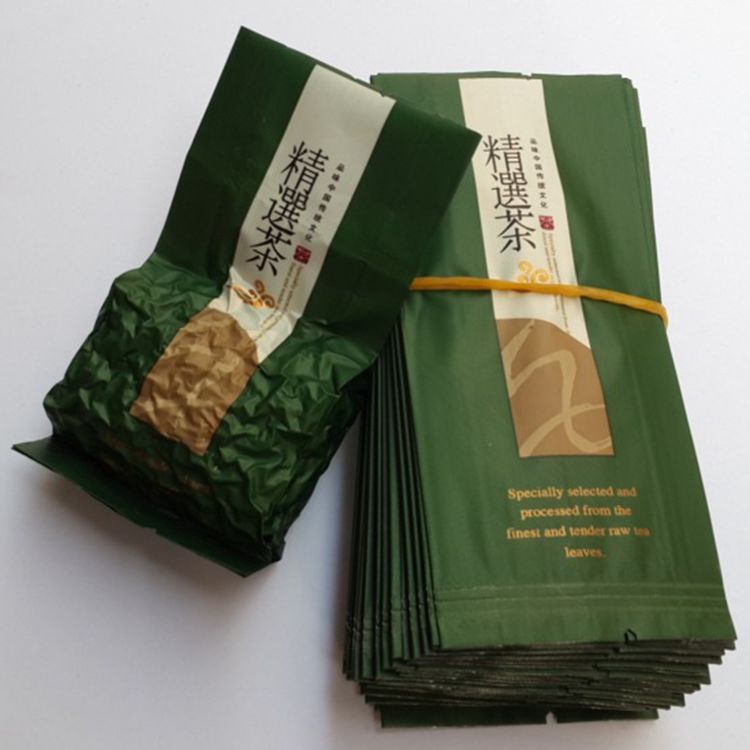
6. Nitrogen filling or vacuum packaging
Vacuum packaging is due to shrinkage of the packaging bag. In order to avoid re-squeezing and collision and for the sake of beauty, external packaging protection should be added. Nitrogen-filled packaging will expand the bag, and it should not be squeezed to avoid bursting the bag. Both require additional packaging, and the preservation also has a good effect, but the investment is more expensive.
With the development of the material industry, tea packaging materials have undergone great changes. The new generation of packaging has been greatly improved in methods and methods. For example, in recent years, the emergence of multilayer composite materials has made the nitrogen-filled packaging of tea leaves a practical and popular stage, and its cost and use are more convenient than the original iron cans. Much. At present, most of the new films used in tea packaging have good gas barrier properties, which can better prevent the intrusion of water vapor and the escape of tea aroma in the packaging bag, and have excellent processing performance, convenient heat sealing, random modeling, and certain machinery. The strength and resistance to chemical corrosion meet the hygienic standards of packaged food. Although the cost of composite film is relatively high, it is indeed an excellent packaging material.
Packing with aeration and nitrogen filling is a new method for the storage of famous teas in recent years, and it is widely used. The method is to first dry the tea leaves until the moisture content reaches about 5%, not more than 6%, and put them in an aluminum foil composite bag, and the bag mouth is tightly sealed with a heat sealing device. Use a breathing air suction and nitrogen filling machine to extract the air in the packaging bag and fill it with pure nitrogen at the same time, seal it with a sealing sticker, and place it in a tea box for storage. Packing with suction and nitrogen filling can generally be stored for 8 months. If it is sent to a cold storage, it will still have better quality after one year.
Do you know everything about tea packaging? If you want to know more, welcome to visit Zekun Packaging Technology Co., Ltd.: https://www.zekunpackaging.net https://www.zekunpackaging.com

No comment yet, add your voice below!